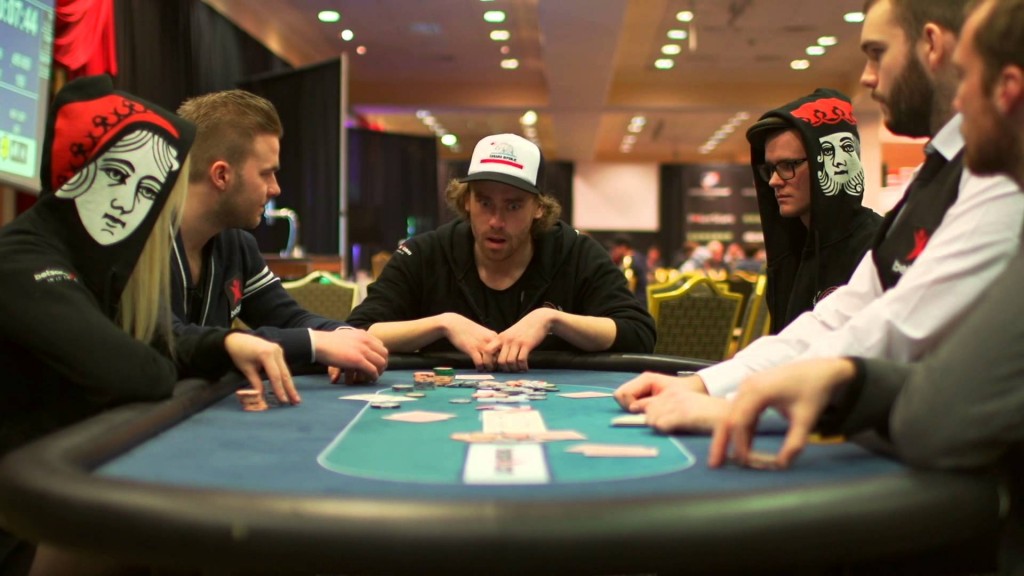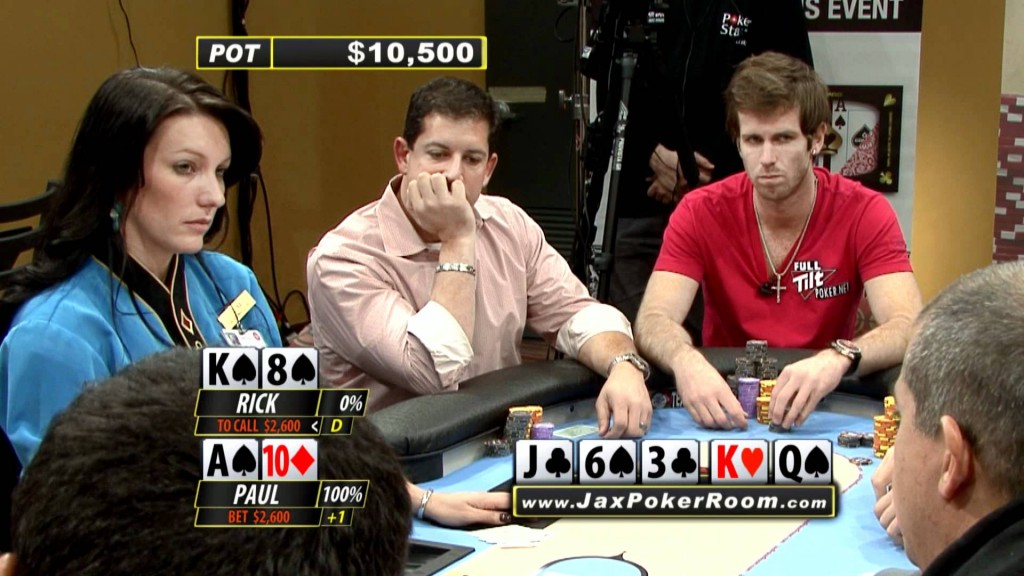Poker Notepad: Homework, Part 3
In the final part of the epic “Homework” series, which includes material exclusively for those who play live poker in clubs and casinos at lower limits, we’ll speak about the analysis of the recorded hands. With the example of course.
Professional players MpethyBridge and Spikeraw22 from 2+2 forums have started big thread where they talk about all the details of their off table work. Basically, it’s a guide on how to become a professional poker player in lots of ways. There is a lot of info, we’ve read the whole thing, analyzed it and now publish the main info.
In Part 1 we speak about the way of analyzing hands, how to make yourself start doing this, why you need to do this and the best way to record the hands.
In Part 2 we speak about the most important leaks we should look at in the first place and also we describe the process of systematizing the hands.
So let’s imagine we now know how to write and systematize the hands, we probably have some of them already recorded (significantly less that online players used to in their database) – it’s time to proceed to the analysis.
What we need to look for? Trends! Some sort of patterns and repeating mistakes. For example, we have 100 hands where we cold called pocket pairs. What to look at:
- win/loss number;
- how much is the result variance dependent (too many or too few sets);
- how much do we win when we have sets;
- number of coolers; had we lost $200 having 80% equity, it’s actually not a loss, but win of $160 (200 * 0.8). It is only fair to do so in reverse situations – when we run over somebody. Honesty is very necessary here.
- win rate without sets;
- win rate in each position.
That’s the questions you need to ask yourself. Also you need to find answers, of course. That is the key yo become a great poker player.
Thing to remember you need to make conclusions very careful, as the number of hands isn’t that big. It is most definitely not the undoubtful truth, so use the word “approximately” more often.
Betsafe Poker NM 2013
It is very important to look at your old hands from time to time (once a week, for instance), and you can sum it up in the end of the month, follow the changes and correct the mistakes.
Be honest with yourself. There is no need to deliberately widen or narrow the range of the opponent by making your call, raise or fold look good. It’s harmful. Just admit that call was awful, fishy move but you’ll figure this all out and become stronger. That is, perhaps, the most important step one have to make you find an answer on the question “How to become a pro poker player”.
Hand example
This is a real hand. One of the authors of the guide has recorded it like this:
“I straddle from button. Ed calls on UTG with $220. Fez calls in MP with $245. Shredder calls in CO with $320. I cover and check 54 off suit.
Flop is A-9-2. Ed quickly bets $15, Fez folds, Shredder quickly calls, me too.
Turn is 3 (flush draw on board). Ed checks. Shredder thinks and bets $25, I raise to $80, Shredder thinks for a minute and calls.
River is 8 that completes flush. Shredder checks. I bet $75. Shredder goes all in for $142 more. I call and I’m good.”
Jax50K Poker Cash Game
The author has played a lot with his opponents:
Ed is old school nit, usually folds to aggression.
Fez is a whale.
Shredder is an adequate player but bluffs too much when senses weakness.
Then there is breakdown of the hand step-by-step: pre-flop and post-flop (flop, turn, river). It starts with determining approximate ranges pre-flop. This time Ed limps with something mediocre that he is too afraid to make call with – AQ being the best hand in his range and connectors 97s being the worst ones. Also there are pocket pairs and suited broadways. Fez is able to do anything. Shredder has the most adequate range: suited connectors, pocket pairs. Pairs above tens can be excluded in everyone’s range except for Ed’s (he can have jacks).
And this goes on the later streets with argumentation of all the actions of the players. In a cople of words – ace on the flop hit Ed’s and Shredder’s ranges hard. The latter could possibly be with two pairs or set now. Our bet on the river can mean strength be a bluff. We know that Shredder is able to push if he senses weakness.
We hope, you find this info useful on your way of becoming a pro poker player.
Previously on the series:
Poker Notepad: Live poker chameleon
Poker Notepad: Maniacs can cry also
Poker Notepad: Poker isn’t slot machine
Poker Notepad: Tournaments are fun, but cash is cash
Poker Notepad: Overbetting in live poker



